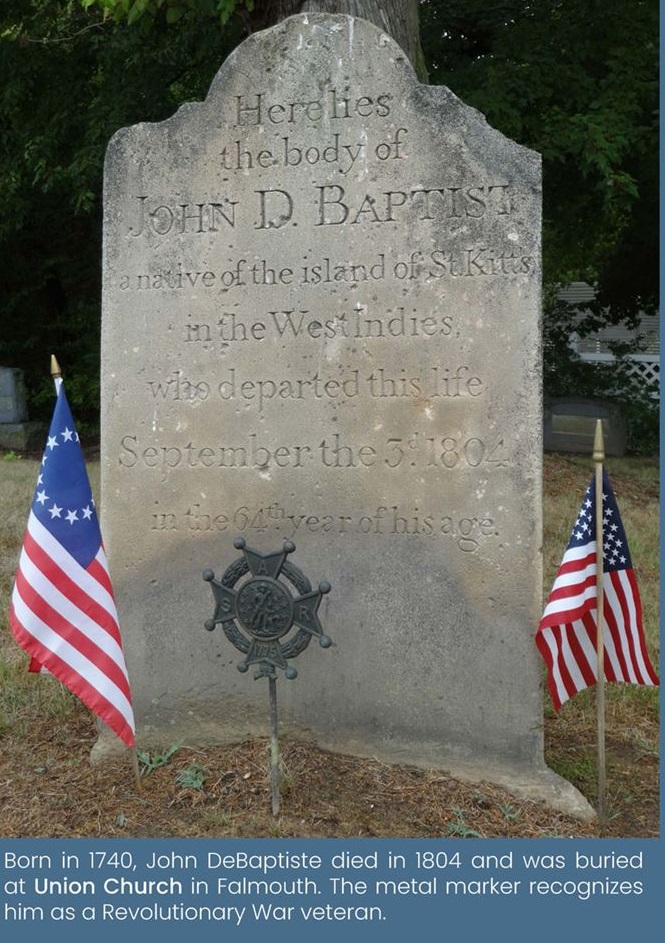The Dragon Warship
James Hunter’s Iron Works also provided hardware for the building of several warships, including the Dragon, that was built on the Rappahannock River a short distance downstream from Falmouth.
Hunter supplied naval stores for ships built on the Eastern Shore, at Mattaponi, Smithfield, and Fredericksburg (Morgan 142, 188, 1120, 1312). The best known of these was the Dragon, the inspiration of Fielding Lewis. On Feb. 4, 1776, Lewis wrote to George Washington outlining plans to build warships at Fredericksburg. He wrote, ‘we are also preparing a Naval force Two Row Gallys one to carry one 18 pounder and the other a 12 pounder. Mann Page Esqr. and myself are to build immediately at this place.’ In December 1776, Capt. Eleazer Callender, formerly commander of the sloop Defiance, was assigned to supervise the building of the galley. He was appointed captain of the Dragon on Oct. 9, 1777. The original crew included as first lieutenant – John Hamilton; midshipmen – Francis Webb, Alvin Wilson, Joshua McWilliams, and Benjamin Rust; sailing-master – Wolling Smith; gunner – Iveson Nuttall; gunner’s mate – John Nuttall. Later midshipmen were Samuel Eskridge, Edwin Eskridge, and James Tutt. Theophilus Field was a later lieutenant on board (Stewart, Robert 57).
The keel of the Dragon was laid in 1776 and she was launched I October 1777. Ebenezer Hazard saw this ship during his visit to Falmouth. His journal entry of July 1, 1777 read, ‘Went to see a Galley built by the State of Virginia; she is called the Dragon, has three Masts, is to be rigged in the Manner of a Schooner, & to mount two 18 Pounders forward, two 12 Pounders aft, & 16 double fortified 4 Pounders amid-ships. I think her too narrow for her Length, & her Masts are too taut’ (Shelley 419).
Dragon’s first year of service was spent on the Rappahannock during which time an interesting event occurred. As the Dragon cautiously sailed along the Rappahannock, the crew awaited confrontation with the enemy at each bend of the river. With little warning, a violent storm erupted, the force of the wind being sufficient to snap and topple one of the Dragon’s three masts. Facing imminent capture by the British if discovered in such a vulnerable situation, the ship’s carpenter, Daniel George, went to work. The river was lined with dense forest. Daniel rowed ashore, felled a tree, roughly fashioned it into a mast, and within the space of a few hours, the ship was fitted with a new mast and ready for action, much to the amazement of his shipmates. While the Dragon spent a good deal of time patrolling the Rappahannock, she also saw duty along the Eastern Shore (Stewart, Robert 57-60).
One of the more notable sailors to serve in military duty aboard the Dragon was John DeBaptiste. As one of ten black men to have served, the warship was responsible for service by more African-Americans than any other ship during the Revolutionary War. Jean DeBaptiste was born on the island of St. Kitts in the Caribbean. A free-Black man, during the Revolutionary War he served on a ship called Dragon which had been built by Fielding Lewis, who owned Kenmore plantation in Fredericksburg. After the war, DeBaptiste and his family acquired property in Fredericksburg and in 1796 he began operating a ferry between Fredericksburg and Falmouth. He died in 1804 and is buried in the Union Church cemetery. Most of the DeBaptiste left the area in the early 1800s as Virginia enacted laws that increasingly restricted the the lives and businesses of free-Black people. His most famous grandson, George DeBaptiste, settled in Detroit in 1846 and was an important figure in the Underground Railroad. George is prominently memorialized by a statue in Detroit’s Hart Plaza.

